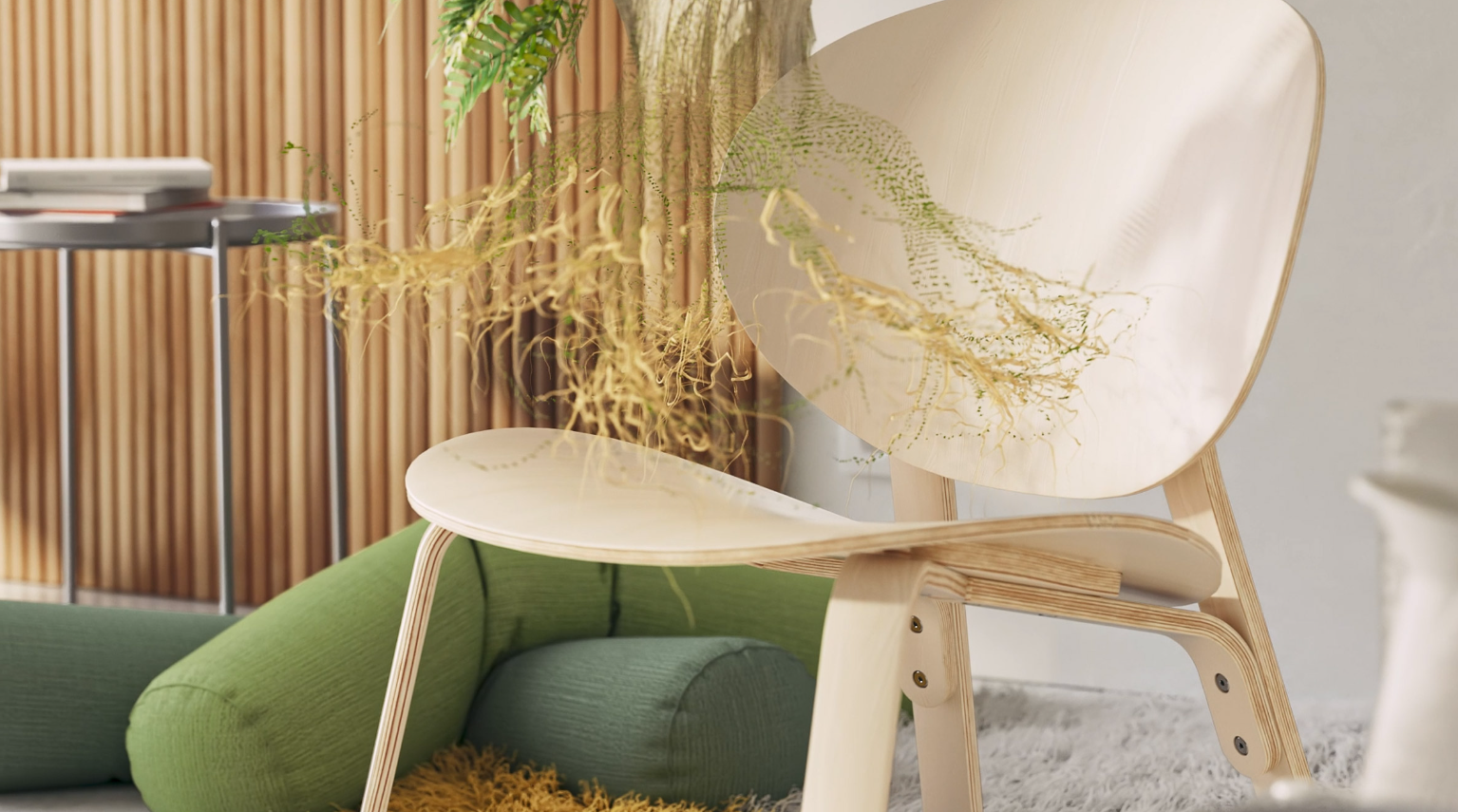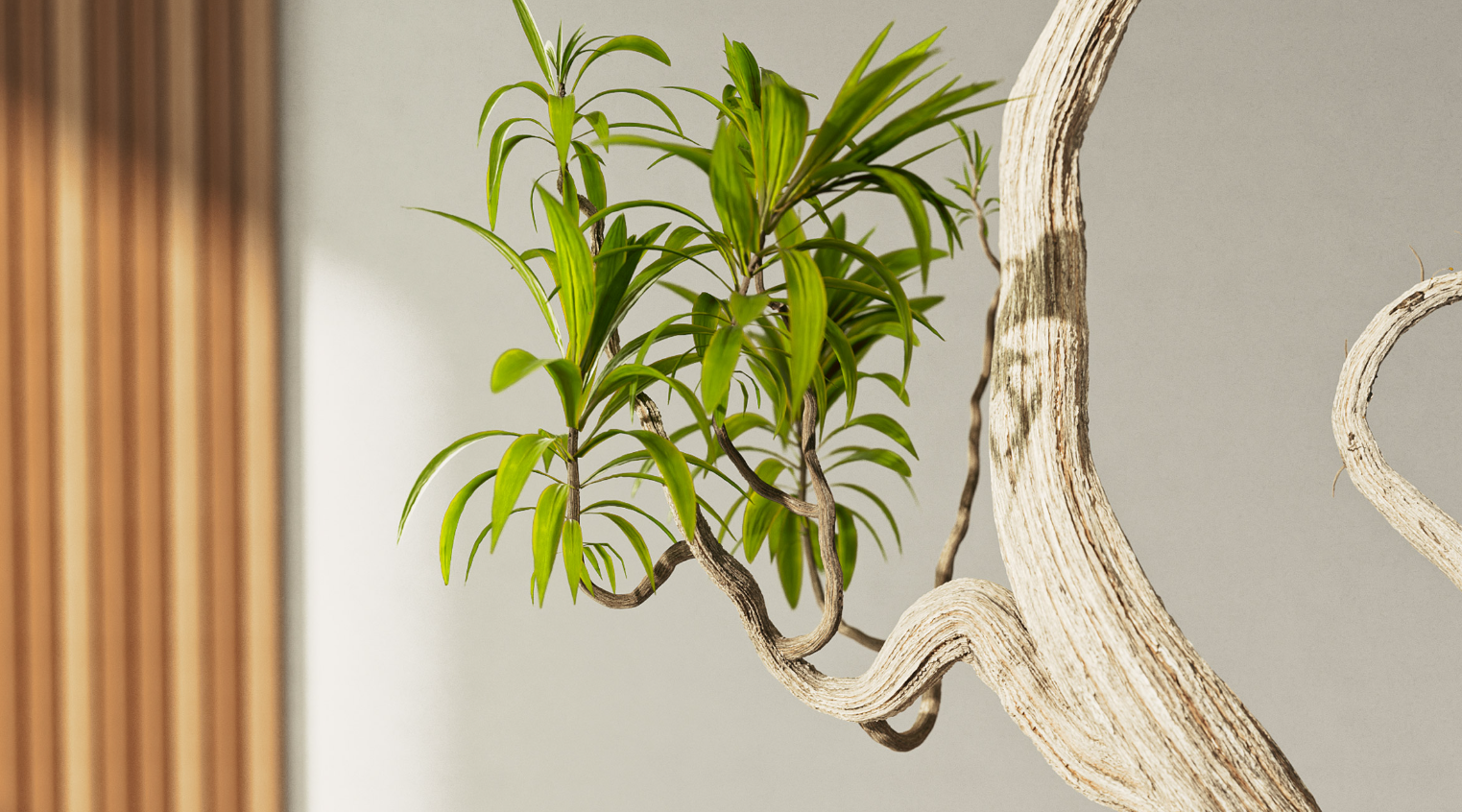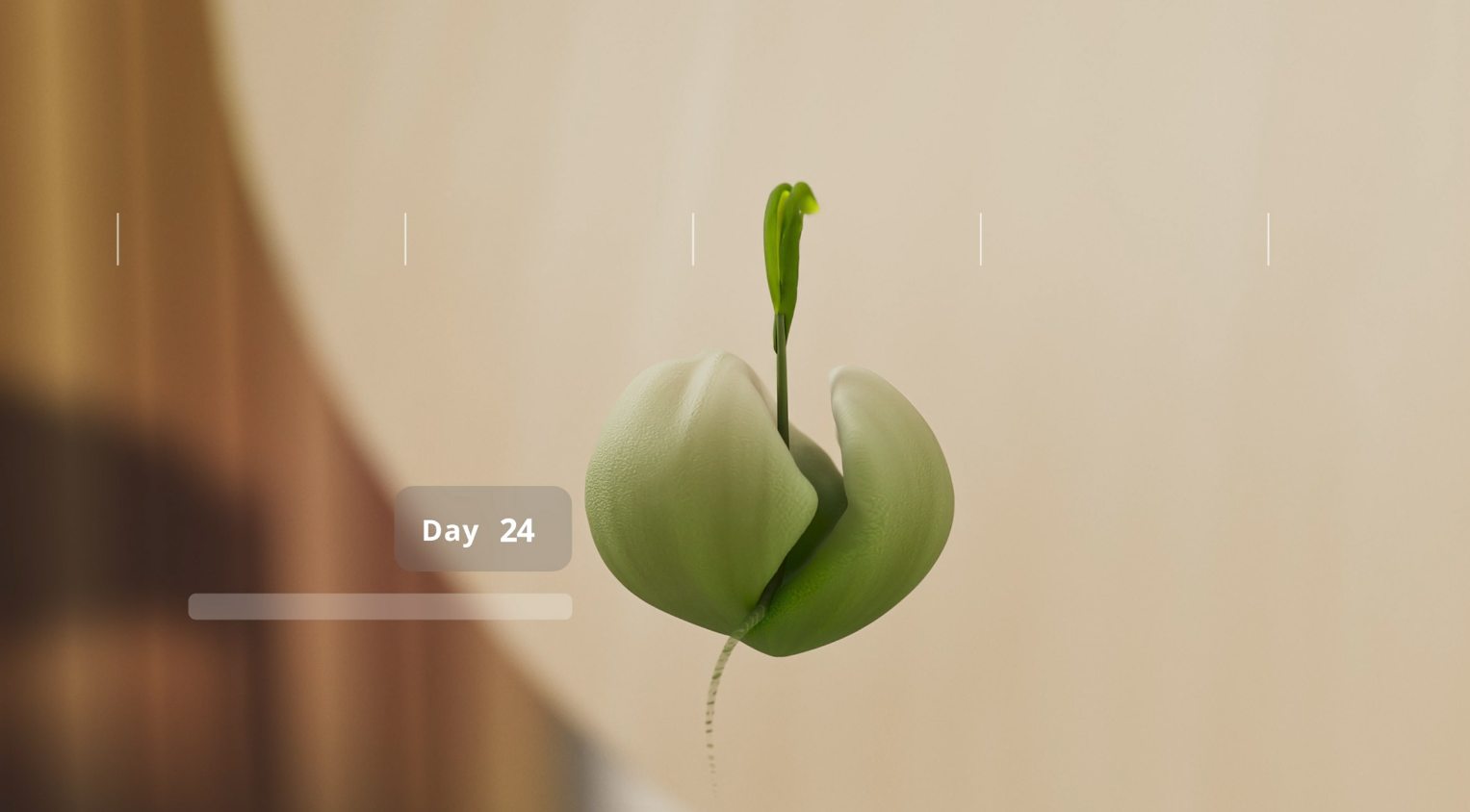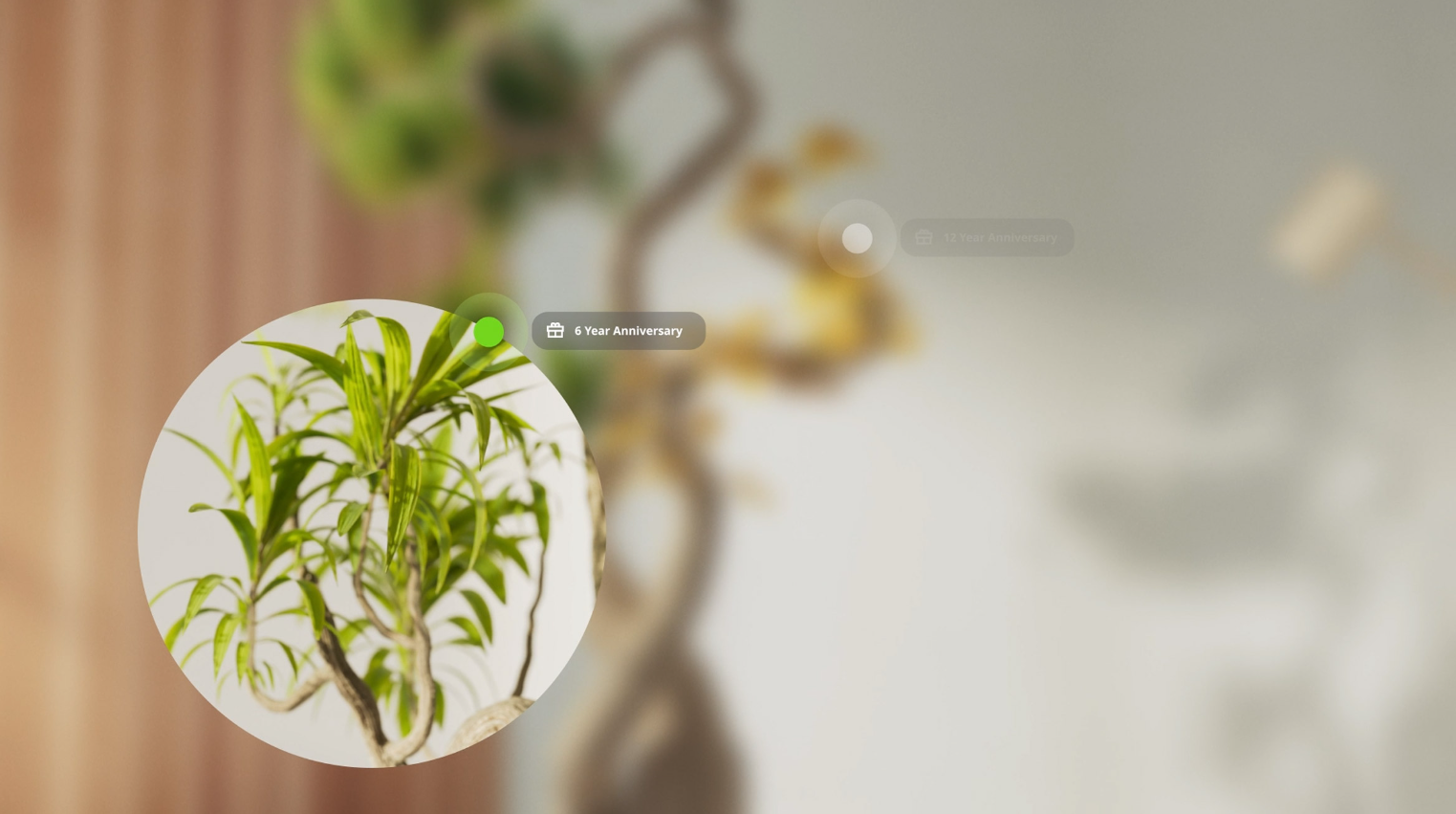IKEA, a Swedish-Dutch multinational furniture company, has recently proposed a plan to connect real furniture to an NFT tree that “grows” when people take care of it. This next-generation use case employs NFTs as an “amplifier” of real-world objects.
Quick Take:
- IKEA’s research lab Space10 develops a concept for connecting a physical furniture piece to an ever-evolving NFT tree.
- Space10’s speculative design project Carbon Banks uses IKEA’s wooden Froset chair and a tree-shaped non-fungible token (NFT).
- After “minting” his\her virtual tree on a blockchain, it can be bought, sold, or traded.
Ikea NFTs to Improve Property Care
IKEA is utilizing digital resources through its independent research and design lab, Space 10. This will encourage people to have a more sustainable relationship with their furniture. The idea is to connect individual pieces of furniture to digital trees whose growth will reflect how the owners treat the furniture.

The concept is a part of Space 10’s a creative design project, “Carbon Banks,” which will debut with the $120 wooden Froset chair from IKEA. The NFT will be an artwork that incorporates augmented reality (AR) that depicts a tree in a setting similar to that in which the furniture is used.
The researchers note that switching to a more efficient proof-of-stake protocol. For instance, blockchains like Ethereum, can reduce energy consumption by up to 99.95%.

In Space10’s example, customers can purchase a chair that includes a code. When a customer scans a code, they mint an NFT on the blockchain a small seed, which later can grow into a full tree. The longer an individual owns a chair, the more this seed grows. It also responds to particular occurrences, such as if the customer repairs the chair.

When a person wants to purchase a new chair, they can trade in their old one at a facility. The next customer to inherit the chair will also inherit the NFT that is attached to it. Thus, the chair’s and the NFT’s lifespans continue. Based on the notion that our furniture acts as a “carbon sink” and prevents carbon dioxide from entering the atmosphere, Space10 calls this initiative Carbon Banks.

About Space10
Space10 worked with a few other groups on the project. Given that, Zünc Studio designed the art for the NFT trees, and WINT Design Lab explored using NFTs to help customers build emotional connections to IRL objects. On the Carbon Banks website, Zünc Studio talks about how it came up with the “grafted” look for the trees, with different parts representing different themes of the project.
The design lab is well-known for concepts, prototypes, and products that frequently address recycling and sustainability issues. This includes open-source bee homes and furniture that use AI to advise owners on how to update it.
The studio has also collaborated with architecture firm EFFEKT on The Urban Village Project. It is a subscription-based collective living proposal that would bring people of different generations together with shared facilities.
Subscribe to the NFT Lately newsletter to receive news covering the latest NFT-related drops, releases, reviews, and more.



